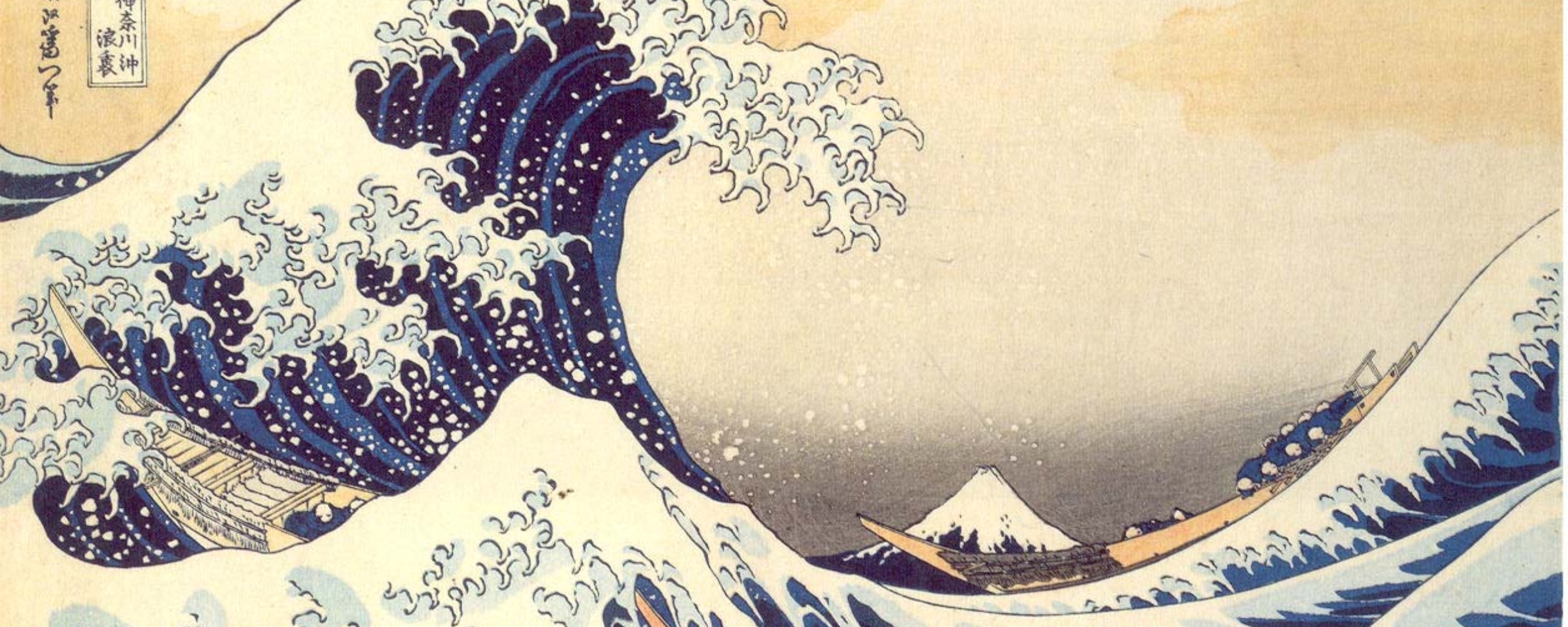- Exhibitions
- Archive
- Hokusai 250
Exhibition
Hokusai 250
December 10th 2010 until February 27th 2011

Katsushika Hokusai, undisputedly the most famous Japanese artist, was born 250 years ago in Edo (known today as Tokyo). He became known worldwide due to mainly one composition: The Great Wave. This woodblock print is part of the series 36 Views on Mount Fuji, a set of prints that was published in the 1830s. With this series Hokusai’s fame spread to the West as well.
Hokusai (1760-1849) was over 70 years old when he created this series. Before then he had produced an extensive, but considerably lesser-known oeuvre. He designed thousands of prints for amateur poets and their circles, made more than a thousand illustrations for about 35 novels and produced his most voluminous work, the Hokusai Manga. The latter is a series of ten volumes that was published between 1814 and 1819 and served as a paragon of Hokusai’s drawing skills.
Despite the various styles he practiced as an independent artist, Hokusai’s main tendency was to stick to a limited number of themes. The gulf, for example, is such a recurring theme, as are waterfalls and bridges.
Philipp Franz von Siebold, who stayed in Japan between 1823 and 1829, met with Hokusai. Siebold collected various of his prints and books, all of very high quality. In the Hokusai 250 exhibition these rare items are on display, along with other highlights of Hokusai’s oeuvre including many objects that have never before been exhibited in the Netherlands.
The exhibition is divided into two parts. The first part is on display from December 10th, 2010 until January 16th, 2011, the second from January 22nd, until February 27th, 2011. We recommend viewing both parts of the exhibition to gain a complete overview of Hokusai’s work. A discount combination ticket costs €12.50 and allows you to experience both parts of the exhibition.
